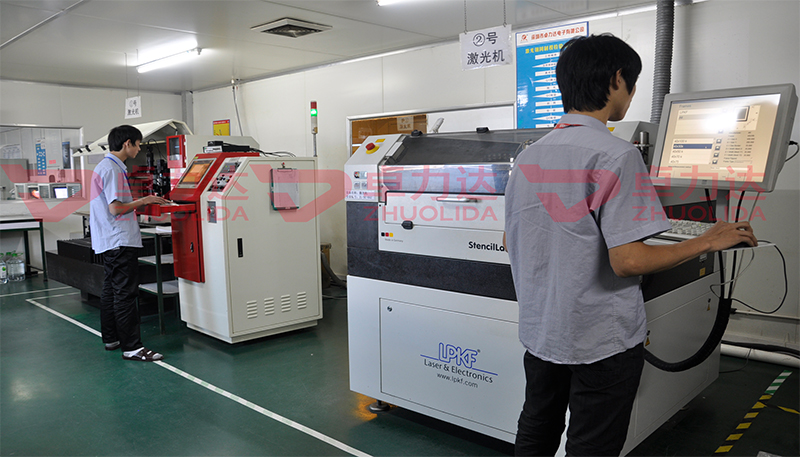
Etching stainless steel is a technique that uses chemical reactions to remove parts of the stainless steel surface to create design patterns or text. Due to its high corrosion
resistance and strength, specific etchants and processes are required to achieve the desired etching effect on stainless steel. Below are the basic steps and key points for
etching stainless steel:
Basic Steps
1. **Design Preparation**:
- Use CAD software or other design tools to create the design drawings of the patterns or text to be etched.
2. **Metal Surface Treatment**:
- Clean and polish the stainless steel surface to ensure it is free from oils, dust, and other contaminants. Specialized cleaners and degreasers can be used for this purpose.
3. **Resist Application**:
- Apply a layer of photosensitive resist evenly onto the stainless steel surface. This resist layer will protect the areas that should not be etched from the etchant.
4. **Exposure and Development**:
- Transfer the designed pattern onto the photosensitive resist-coated stainless steel plate through UV exposure. Then, develop the pattern by removing the unexposed resist,
exposing the underlying stainless steel surface.
5. **etching process**:
- Place the stainless steel with the resist pattern into an appropriate etchant solution. Commonly used etchants include:
- **Ferric chloride (FeCl₃)**: Suitable for etching thinner stainless steel.
- **Hydrochloric acid (HCl) and hydrogen peroxide (H₂O₂) mixture**: Effective for thicker stainless steel, providing stronger etching capabilities.
- **Sulfuric acid (H₂SO₄) and hydrogen peroxide (H₂O₂) mixture**: Also used for etching stainless steel, particularly in industrial-scale production.
6. **Resist Stripping**:
- After etching, use specific chemical solvents to remove the remaining resist, revealing the final etched pattern.
7. **Post-processing**:
- Depending on specific requirements, further treatment of the etched parts may be necessary, such as cleaning, passivation, or coating, to improve corrosion resistance and
aesthetics.
Key Points
- **Choosing the Right Etchant**: Stainless steel's high corrosion resistance requires strong etchants. Selecting the appropriate etchant is crucial for achieving the desired results.
- **Safety Measures**: Since strong acids and corrosive chemicals are used in the etching process, strict safety protocols must be followed, including wearing appropriate protective
equipment like gloves, goggles, and protective clothing.
- **Environmental Considerations**: Modern etching processes increasingly focus on environmental protection, adopting more environmentally friendly etchants and waste disposal
methods to reduce environmental impact.
Application Areas
Etching stainless steel is widely used in various fields:
- **Decorative Applications**: Such as architectural decorations, home furnishings, etc.
- **Industrial Applications**: Such as precision mechanical parts, electronic components, etc.
- **Artistic Creations**: Such as sculptures, handicrafts, etc.
By following these steps and technical points, high-quality Stainless steel etching effects can be achieved, meeting the needs of various applications. With technological advancements,
new etching methods continue to emerge, making this process more efficient and environmentally friendly.
Contact: andy_Lai
Phone: 18938693450
E-mail: yw9@zldsmt.com
Add: Building A3, Huafa Industrial Park, Fuyong Town, Fuyuan Road, Fuyong Town, Baoan District, Shenzhen,China